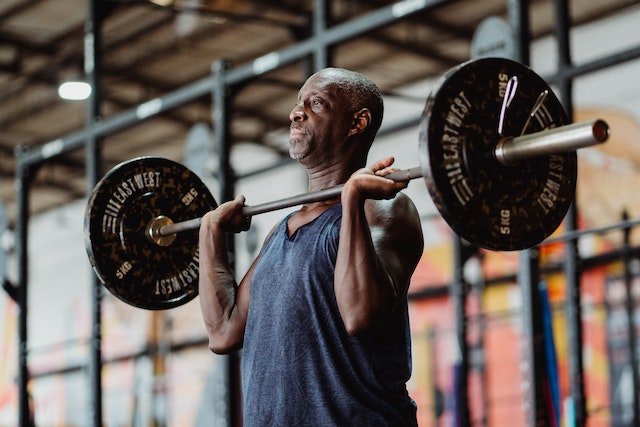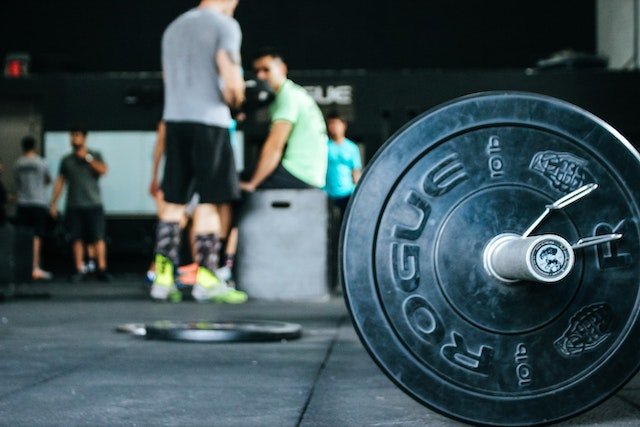
My Legs Are Never Sore After Leg Day, Why Is This? Answers Here For Better Gains
You may have noticed recently that after you train your legs, they don’t feel as sore the next day as they used to. You may be wondering why this is, and if it’s something to be concerned about.
So, if you’re never sore after leg day, don’t worry – you’re not alone. While being sore can be an indicator of a good workout, it’s not always necessary to see results, especially when working your legs.
There are a few things you can do to make sure you’re challenging your muscles and seeing the gains you want.
My legs are never sore after leg day, why is this?
Remember that being sore is not always an indicator of a good workout. You don’t always have to be sore in order to see results from your leg day session. In fact, research shows that you can continue to make gains without being sore by making small tweaks to your routine. Here are a few things you can do…such as encourage overload by challenging your muscles with new exercises or increasing the intensity of your current routine. Increase time under tension by adding more reps to your sets, or by slowing down the tempo of your lifts. Changing your routine by mixing things up will help to keep your muscles guessing, and prevent you from hitting a plateau. Increase intensity by adding more weight to your lifts, or by increasing the number of sets you perform. Increase the volume of training by doing more total sets and reps each week. Record your progress by keeping track of the exercises you’re doing, the weight you’re lifting, and how your legs feel. This will help you to see your progress and gauge how your routine is working for you.
You don’t always have to be sore
Dont forget that you dont always have to be sore to see results from your leg day workout. In fact, research shows that you can continue to make gains without being sore by making small tweaks to your routine.
This is because when you work your legs, they produce more force than any other muscle group in your body. This means that your legs are able to handle more volume and intensity without needing as much recovery time.
Having DOMS (delayed onset muscle soreness) is normally a sign that you’ve pushed your muscles harder than they’re used to, and they need time to recover.
I know lots of people gauge their workouts by how sore they are the next day, but this isn’t always necessary. Instead, focus on other indicators of a good workout, such as how hard you worked, how much weight you lifted, and how many reps you did.
So, if you’re never sore after leg day, don’t worry – you’re not alone. While being sore can be an indicator of a good workout, it’s not always necessary to see results, especially when working your legs.
There are a few things you can do to make sure you’re challenging your muscles and seeing the gains you want.
Form is off
With any workout you do, its important to focus on form first and foremost. This will help you to avoid injuries and get the most out of your workouts.
When lifting weights, make sure you’re using a full range of motion and moving slowly and controlled through each rep. It’s also important to focus on using the right muscles – so, if you’re doing a squat, make sure you’re engaging your quads, glutes and hamstrings.
If you aren’t targeting the right muscles for the exercises you’re doing, then you won’t see desired results. You also run the risk of injuring yourself if you don’t use proper form.
If you arent using the right muscles, or if your form is off, you may not be challenging your muscles enough to see the gains you want.
Remember…that being sore is not always an indicator of a good workout. You don’t always have to be sore in order to see results from your leg day session.
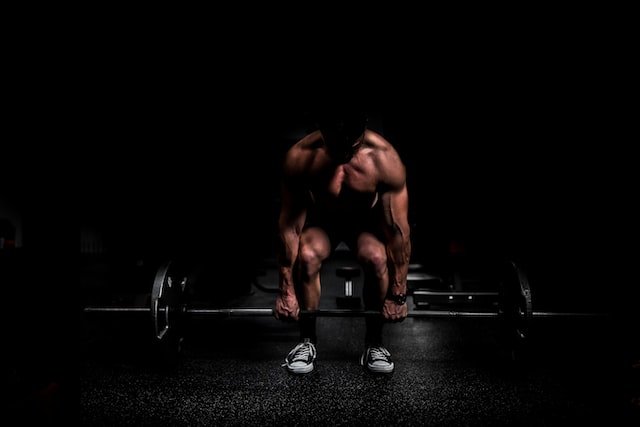
Restricted Range of motion
If you arent feeling sore after leg day, it could be because you have a restricted range of motion. This means that your muscles arent able to move through their full range of motion, which can limit the amount of stress placed on them.
There are a few things you can do to improve your range of motion and challenge your muscles more.
First, focus on using a full range of motion for each exercise you do. This means moving slowly and controlled through the entire range of motion for each rep, maybe sometimes even pausing at the bottom of the movement.
Second, add mobility exercises to your warm-up and cool-down routine. These exercises will help to improve your range of motion and prevent injuries.
Third, try adding dynamic stretching to your warm-up routine. This will help to improve your range of motion and prepare your muscles for the workout ahead.
I also understand, that although in terms of the exercise itself, theres a specific range of motion that should be hit, but I also appreciate that each person is different and have varying degrees of motion.
Depending on your body type, you may not be able to reach the full range of motion with some exercises.
Encourage overload
One way to make sure you’re challenging your muscles enough is to encourage overload. This means pushing your muscles harder than they’re used to – whether that’s by adding new exercises, increasing the intensity of your current routine, or adding more reps to your sets.
If you’re not sure how to do this, start by adding one new exercise to your routine. This could be a different variation of an exercise you’re already doing, or something completely new.
You could also try increasing the weight you’re lifting, or the number of reps you’re doing. If you normally do 3 sets of 10 reps, try doing 4 sets of 12 reps. Or, if you’re lifting heavy weights, try adding an extra 5-10lbs to the bar.
Progressive overload is key to seeing results from your workouts, so make sure you’re challenging your muscles in new ways each time you train.
Increasing the intensity of your workouts will help to challenge your muscles and see the gains you want.
Related: Why Do Some People Skip Leg Day? Every Possible Reason Why It’s Avoided
Change tempo
Another way to make sure you’re challenging your muscles is to change the tempo of your lifts. This means slowing down the eccentric (lowering) portion of the lift, and taking more time to lower the weight.
This will help to increase time under tension, which is key for muscle growth.
If you normally do 3 sets of 10 reps, try doing 4 sets of 12 reps. Or, if you’re lifting heavy weights, try adding an extra 5-10lbs to the bar.
You could also try slowing down the tempo of your lifts. For example, if you’re normally doing a back squat with a 1-second eccentric, try slowing it down to a 2-second eccentric. This will help to increase time under tension and challenge your muscles in a new way.
Changing the tempo of your lifts is a great way to challenge your muscles and see the gains you want.
Mix things up
If you’re not seeing the results you want from your leg day sessions, it might be time to mix things up.
This could mean adding new exercises to your routine, or changing the order of your exercises. It could also mean increasing the intensity of your workouts, or adding more reps to your sets.
Changing your routine is vital for seeing results from your workouts. If you keep doing the same thing, your body will adapt and you’ll stop seeing progress.
If you’re not sure how to mix things up, start by adding one new exercise to your routine. This could be a different variation of an exercise you’re already doing, or something completely new.
Its easy to get set in doing the same exercises day in and day out. However, your body adapts quickly to exercise, so its important to keep challenging your muscles in new ways.
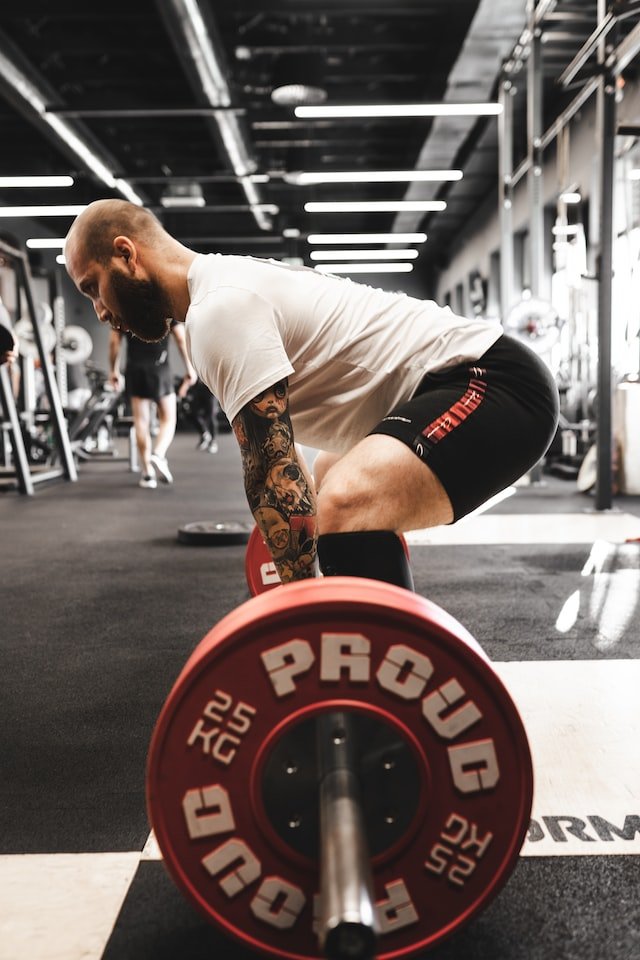
Increase intensity
If you’re not seeing the results you want, it might be time to increase the intensity of your workouts.
This could mean adding more weight to the bar, or doing more reps in your sets. It could also mean increasing the tempo of your lifts, or adding new exercises to your routine.
Increasing the intensity of your workouts is vital for seeing results from your leg day sessions. If you keep doing the same thing, your body will adapt and you’ll stop seeing progress.
I know there are times when you just turn up for a session but feel like your going through the motions. You might not be feeling it that day, or you might be tired from work or life in general.
However, if you really want to see results from your leg day sessions, you need to push through and challenge yourself.
Increasing the intensity of your workouts is the best way to see results from your leg day sessions.
Related: How Do I Make Leg Day More Bearable?
Increase reps
If you’re not seeing the rewards you anticipated from your leg day exercises, it’s possible that you need to boost the number of reps you do.
Increasing the number of reps you complete in a set is a common technique to enhance muscle growth. This might imply adding more sets or completing more exercises in your workout.
It’s also possible that you’ll lift heavier weights or perform your lifts at a faster but controlled pace.
If you’re not sure how to increase the number of reps you’re doing, start by adding one extra rep to each set. For example, if you’re normally doing 3 sets of 10 reps, try doing 3 sets of 11 reps.
You could also try increasing the number of sets you’re doing. If you’re normally doing 3 sets, try doing 4 or 5 sets.
Increasing the number of reps you’re doing is a great way to challenge your muscles and see the gains you want.
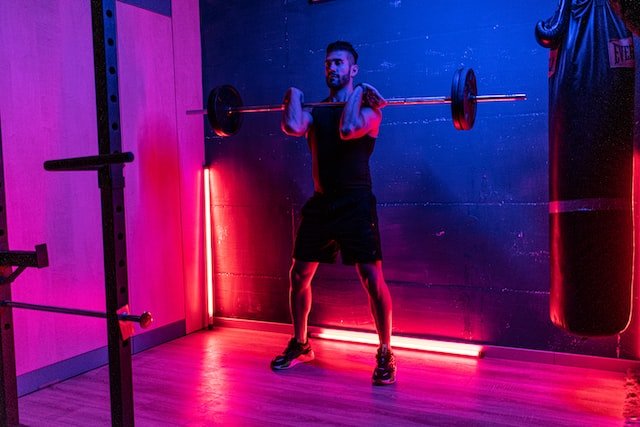
Increase weight
If you find you are doing more reps and sets but not seeing the results you want, it might be time to increase the weight you’re lifting.
If you feel like you’re stuck in a rut with your leg day workouts, remember if you want to get stronger, you need to lift heavier weights.
Adding more weight to the bar will help to overload your muscles and encourage growth. It’s important to start slowly and increase the weight gradually, so that you don’t put your body under too much stress.
Make sure you keep a record of the weights you’re using, so that you can track your progress and ensure you’re consistently challenging your muscles.
Just make sure you maintain good form and don’t sacrifice technique for the sake of lifting heavier weights.
Adding more weight to the bar is a great way to challenge your muscles and see the gains you want.
Increase volume of training
If you’re not seeing the results you want from your leg day workouts, it might be time to increase the volume of training you’re doing, by increasing the amount of sessions you’re doing per week.
If you’re only doing leg day once a week, try adding in another session. If you’re already doing leg day twice a week, try adding in a third session.
Increasing the volume of training you’re doing will help to overload your muscles and encourage growth.
Make sure you’re giving your body enough time to recover between sessions, so that you don’t end up overtraining.
If you do extra leg days, it would be worth not having the same session back-to-back. For example, if you normally do a heavy lifting session on Monday, try doing a lighter session on Wednesday and a heavier session on Friday.
Increasing the amount of training you do is a wonderful method to challenge your muscles and see the gains you want.
Gauge how your legs look, operate and lift
How your legs look can give you a good indication on how well you are progressing. Take note of any changes, however small.
Taking photos can be useful to track changes in muscle size and definition.
If you see that your legs are looking more toned, this is usually a sign that you’re on the right track.
It’s not just about how your legs look though, it’s also important how they feel and how they operate.
Do you feel like your legs are stronger? Can you lift heavier weights than before? Are you able to run for longer or faster than before?
Another way to gauge your progress is by how your legs feel when you operate them. If you find that your legs are stronger and have more endurance, this is usually a good sign that you’re making gains.
Finally, take note of how your legs feel when you lift weights. If you find that you can lift more weight or do more reps than before, this is a great indication that you’re making progress.
Keep track of your progress by taking note of any changes in how your legs look, feel and operate. This will help you to see the gains you want.
All of these factors can give you an indication of whether your leg day workouts are having the desired effect.
Final thoughts…
If you’re not feeling sore from your leg day workouts, don’t despair.
There are a number of things you can do to continue making gains, such as increasing the weight you’re lifting, or the volume of training you’re doing.
Remember to keep track of your progress, so that you can see the gains you’re making.
If you keep at it and challenge your muscles, you’ll eventually see the results you want.
As I keep saying, soreness is not the only indicator of a good workout. Just because you’re not feeling sore, doesn’t mean you’re not making progress.
There are a number of things you can do to continue making gains, even if you’re not feeling sore. So don’t despair, keep at it and you’ll eventually see the results you want.
Do you know anyone that doesn’t feel sore after leg day? Let me know in the comment section below.


